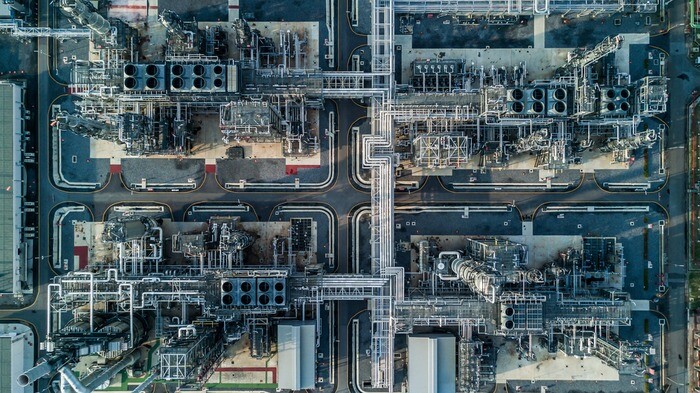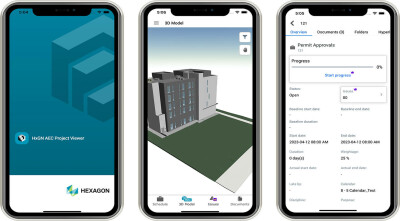Earlier this summer, Hexagon’s Safety, Infrastructure & Geospatial division announced their latest product release, HxGN Smart Sites. In their announcement of the news, Hexagon says the new offering is a “real-time data visualization and location intelligence solution for complex site operations,” calling out industrial facilities, airports, hospitals, and entertainment venues as examples of the types of facilities which would benefit from this offering.
The idea of HxGN Smart Sites, as they outline in an introductory video, is not to replace current workflows or products, but rather to add a layer on top with the goal of breaking down silos and bringing together extensive data into a digital twin of facilities and operations. The product includes analytical tools as well, helping to turn disparate data into usable information. According to Hexagon, this workflow will not only increase efficiency within complex environments, but also improve safety and security measures for these large facilities.
The key for Smart Sites is that ability to work within whatever existing workflow is currently being utilized, supporting a variety of data formats including CAD and BIM, raster and vector, point clouds, reality meshes, 360 panoramic imagery, and data coming through Open Geospatial Consortium (OGC) data exchange standards, all made available through a browsable data catalog. They note Smart Sites can also ingest data from existing systems through custom connectors. All of this information is displayed in a 2D or 3D viewing, with a focus on those different dimensions. Buildings and other assets are georeferenced within a facility for spatial accuracy, and users can add a time dimension in order to filter data via a timeline.
HxGN Smart Sites grew from a solution built by Hexagon for BASF, the largest chemical producer in the world. Specifically, Hexagon worked with administrators at BASF’s plant in Antwerp, the largest chemical production site in Belgium and the company’s second largest site worldwide, with 360 miles of underground pipelines, 3500 employees, and 50 production installations. The massive site produces immense amounts of critical data, to go with the need to manage 25 years’ worth of CAD schematics and other information, and all of this data was stored in disconnected systems. They were able to create a digital twin of the site powered by Hexagon’s Luciad portfolio, allowing different users to view data types depending on their role and operational environment, ultimately forming the base for this release of HxGN Smart Sites.
These kinds of large, complex sites – not just chemical producing sites like BASF’s plant in Antwerp, but also things like airports – are crucial for our society, but with so many moving parts and data sources this kind of solution is much needed to keep up. As mentioned above and as noted by Hexagon in their announcement of this news, much of Smart Sites functionality comes down to the ability to de-silo key data and ensure workers can get what they need, when they need it, all on an intuitive platform. Sites like BASF’s Antwerp plant also come with safety risks, and while those will never be completely eliminated just by the nature of the facility, having this real-time information on an intuitive platform for workers throughout a facility ensures they are more likely to be able to avoid dangerous situations.
“The value of HxGN Smart Sites is in its name - it transforms complex facilities and operations into smart sites with connected and integrated environments,” said Dirk Wagemans, vice president, commercial, Hexagon’s Safety, Infrastructure & Geospatial division, in a press statement. “As BASF can attest from its successful use of this technology, having full situational awareness is key to keeping a site running smoothly and efficiently, no matter how large or complex.”







